I had some fun with the medium telephoto shootout last week, and I hope you did, too. I thought I’d do the same with some longish normal lenses. The, ahem, normal, definition of a normal lens is a lens whose focal length is equal to the diagonal of the film format. By that definition, the normal focal length for full frame 35 mm is 43.27 mm. However, for historical reasons 50mm is considered the normal focal length.
So I rounded up a bunch of F-mount lenses:
- Nikon 60mm f/2.8 AF Micro-Nikkor
- Nikon 58mm f/1.4 AFS-Nikkor G
- Coastal Optical 60mm f/4 UV-Vis-IR Apo Macro
- Sigma 50mm f/1.4 DG Art (Copy 1)
- Sigma 50mm f/1.4 DG Art (Copy 2)
- Zeiss 55mm f/1.4 Otus
Quite a lineup, huh? Not a bad lens in the group, except maybe the Micro-Nikkor. I thought it might be instructive to have two copies of the Sigma to see if sample variation was anything like the variation among designs. We shall see.
The camera was a Nikon D810 set at ISO 64. EFCS on. Shutter delay set to 3 seconds. Camera on a good RRS tripod, with an Arca Swiss D4 head, focused wide open with live view. Developed in Lr with default processing.
The scene, lit by hazy sunlight, with each of the lenses at f/4:
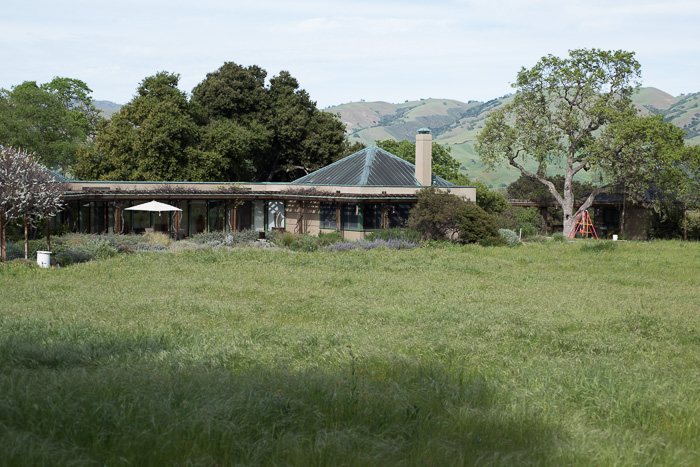
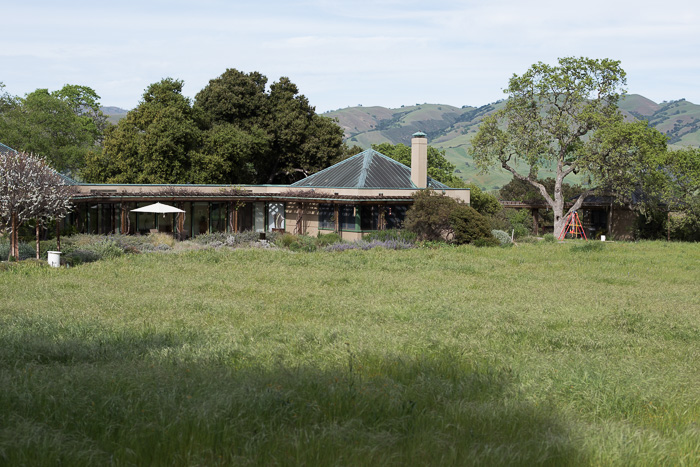
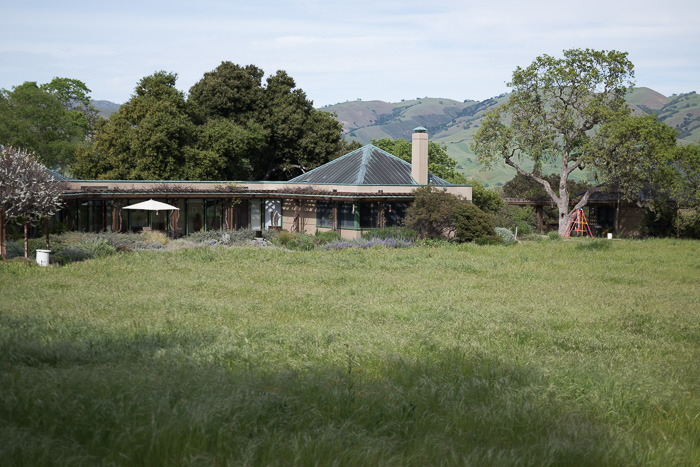
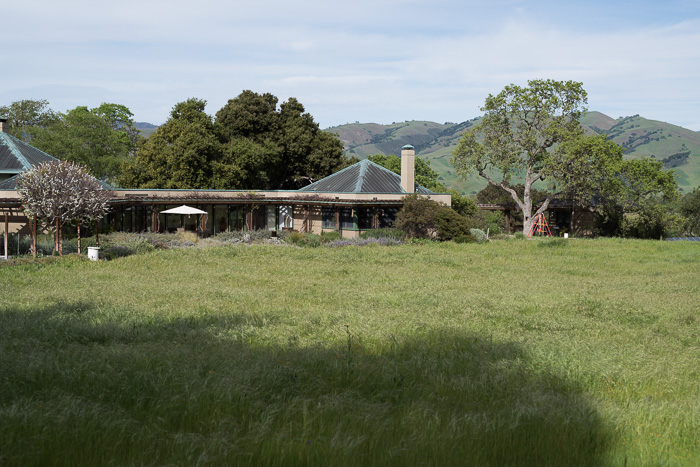
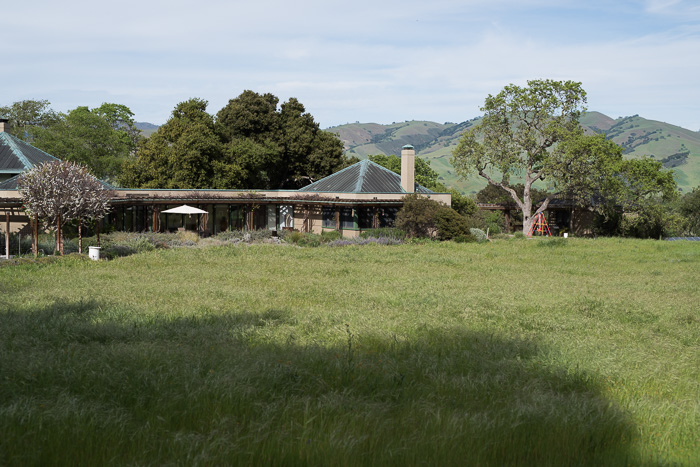
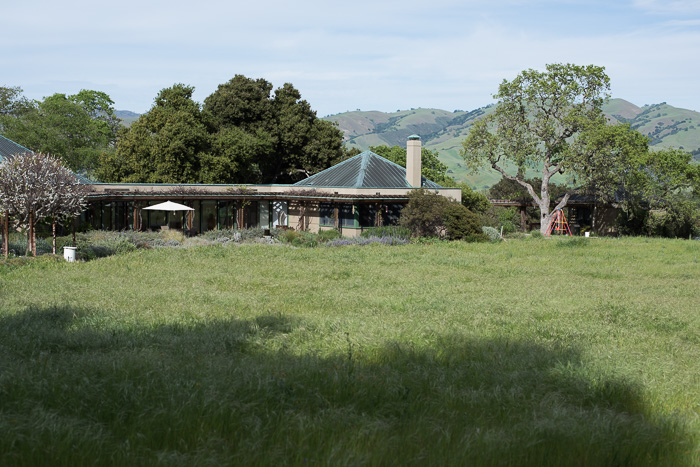
I see some color differences, and not a lot else.
Near the center, 3x blowup:
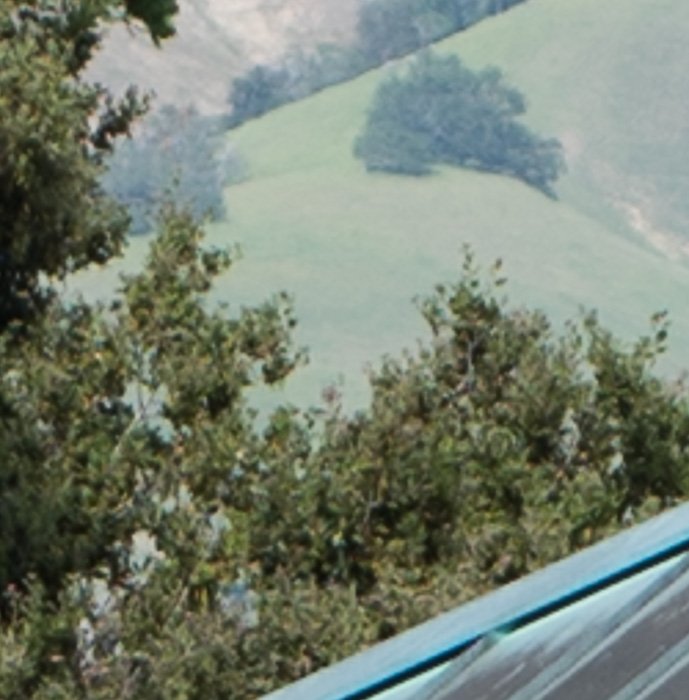
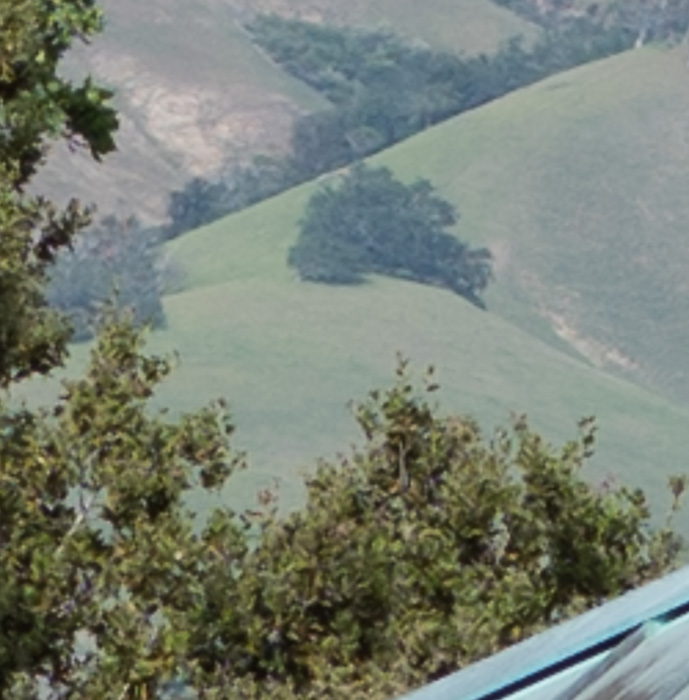

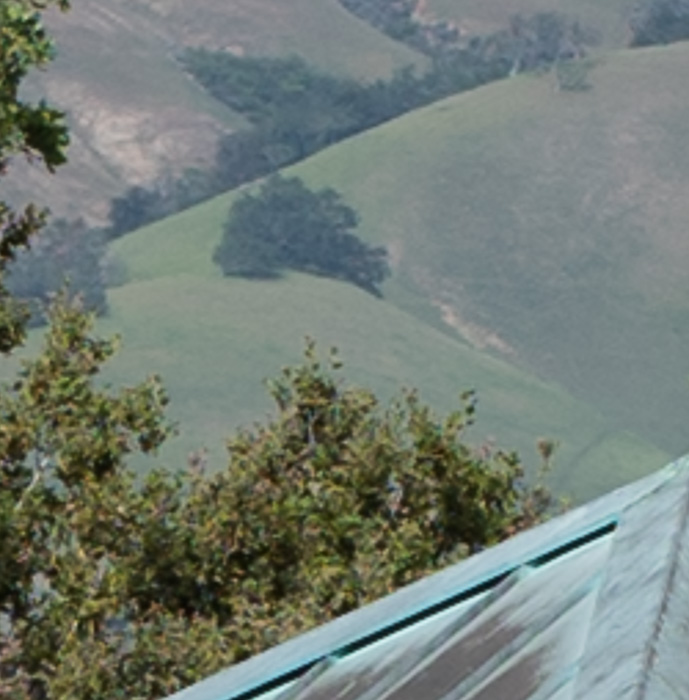
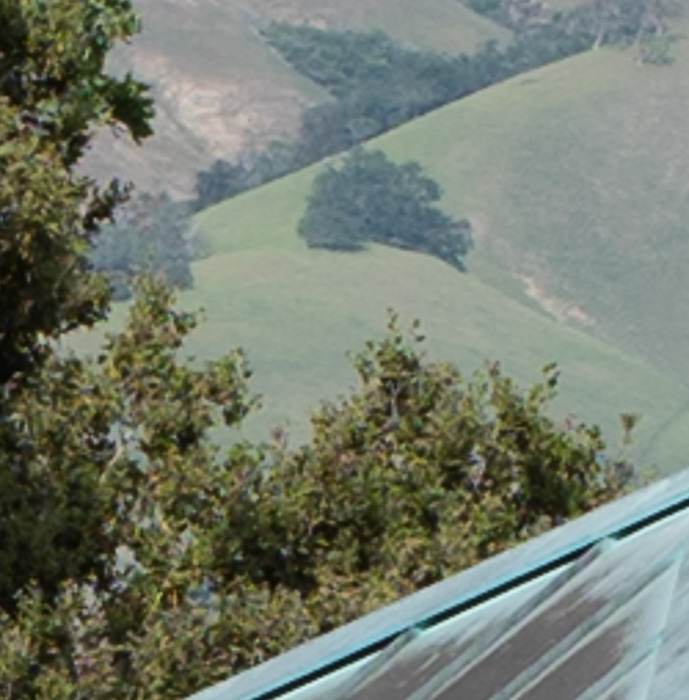
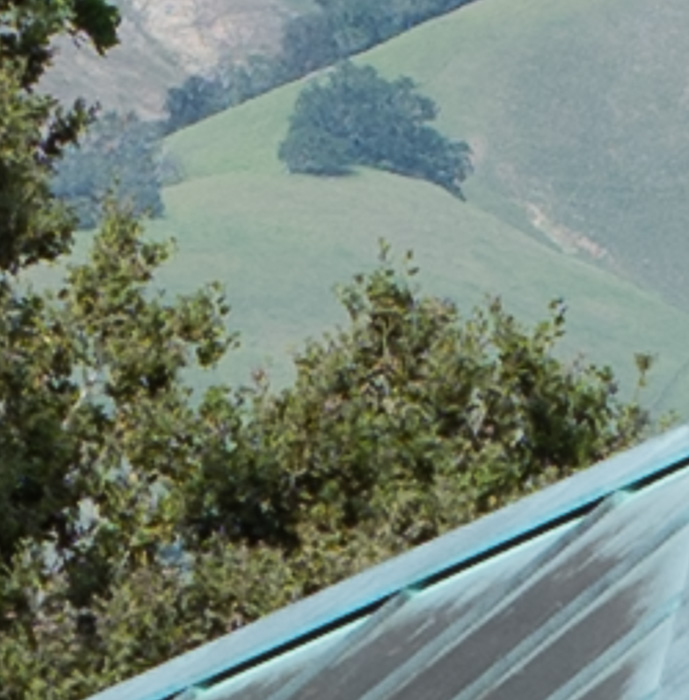
The Micro Nikkor is a bit soft. So is the Coastal Optical. It has a disadvantage in the focusing department, since its widest aperture is f/4, and just a tiny touch on the focusing ring makes a big difference. The Sigmas and the Otus are the best.
Upper left:
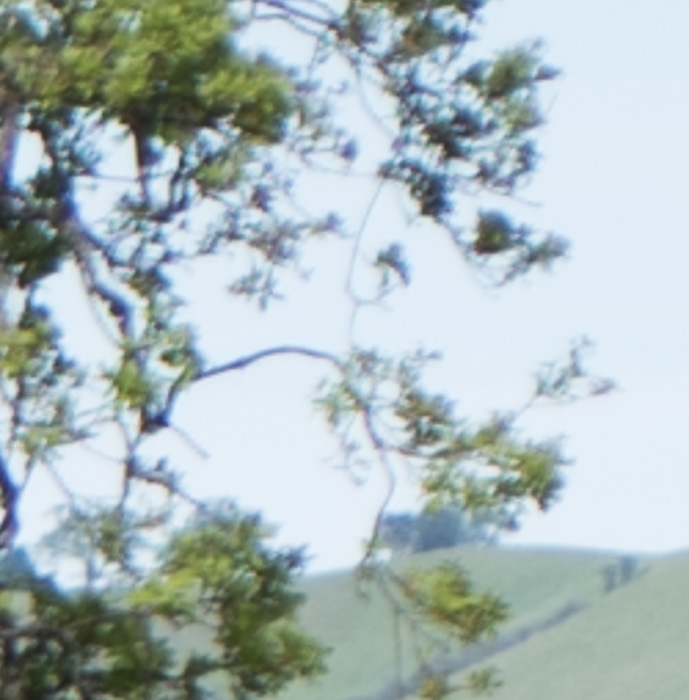
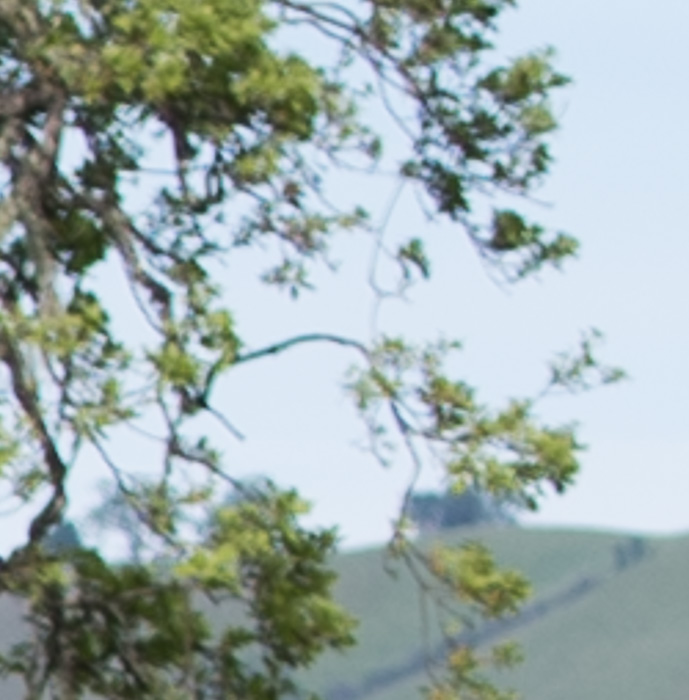
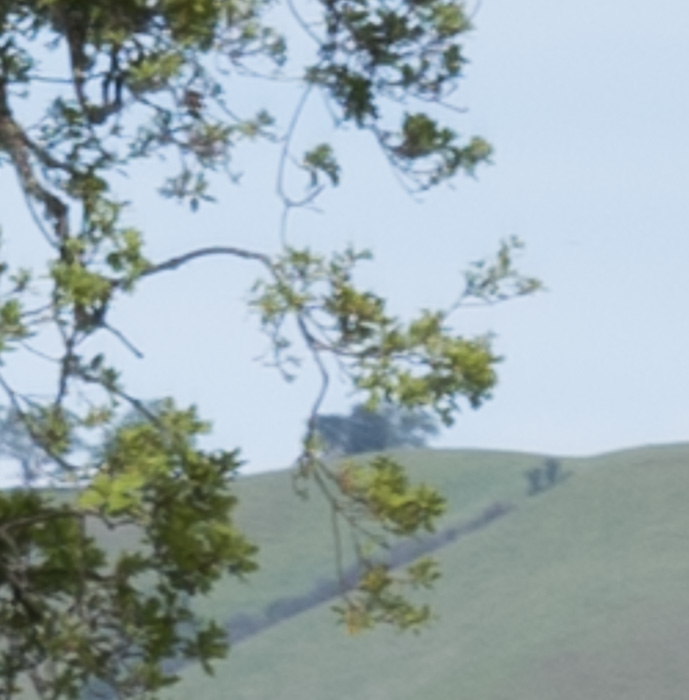
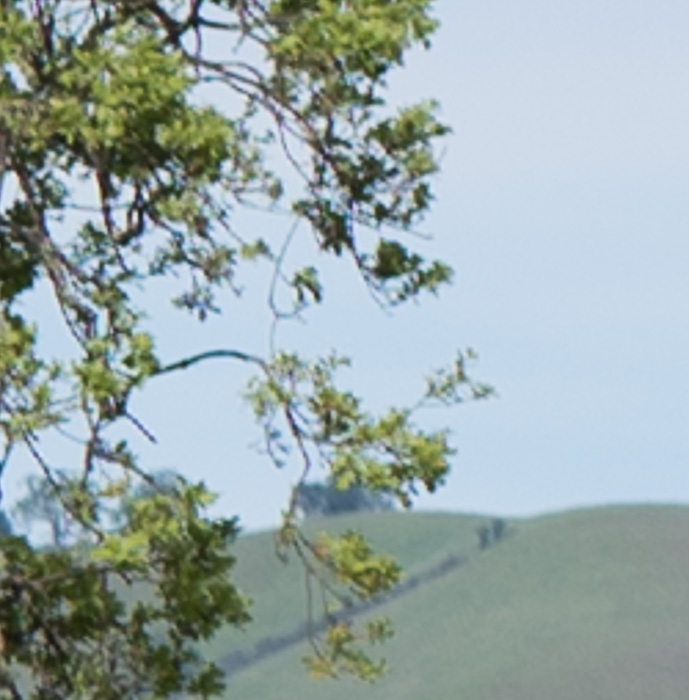
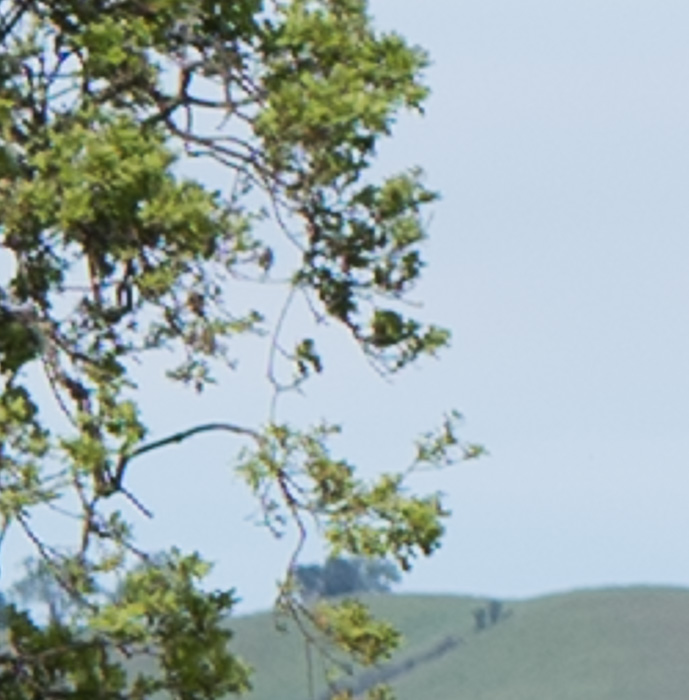
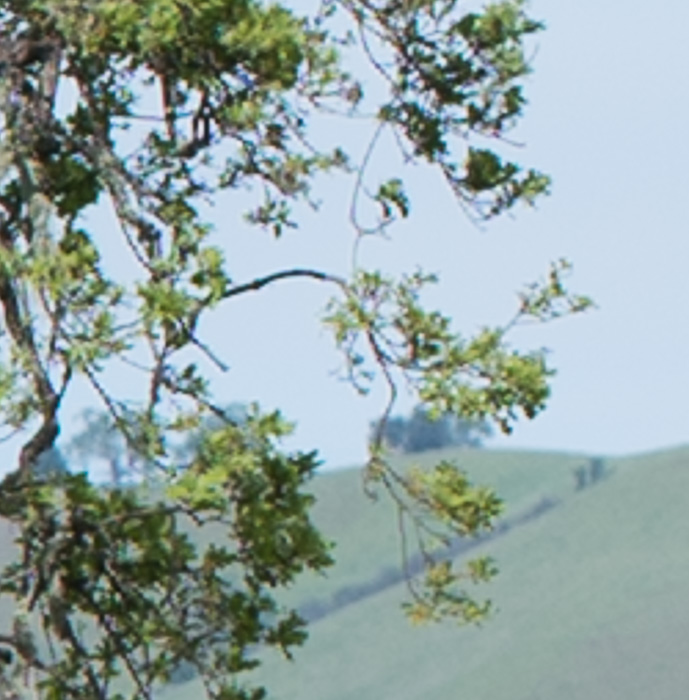
Both Nikkors are not tack sharp and show some flare, especially the 60mm Micro. The Coastal Optical is a hair less contrasty than the Sigmas, which are nearly identical. The Otus has somewhat less flare and more contrast than the Sigmas. The Otus wins, but not by much.
More to come.
Jim,
Nice tests as usual. Which 60 mm Micro-Nikkor did you use? The older model or the newer AF-S?
Bill
The older one, Bill. Left over from my scuba diving days. I managed to get the Aquatica gear off the focusing ring.